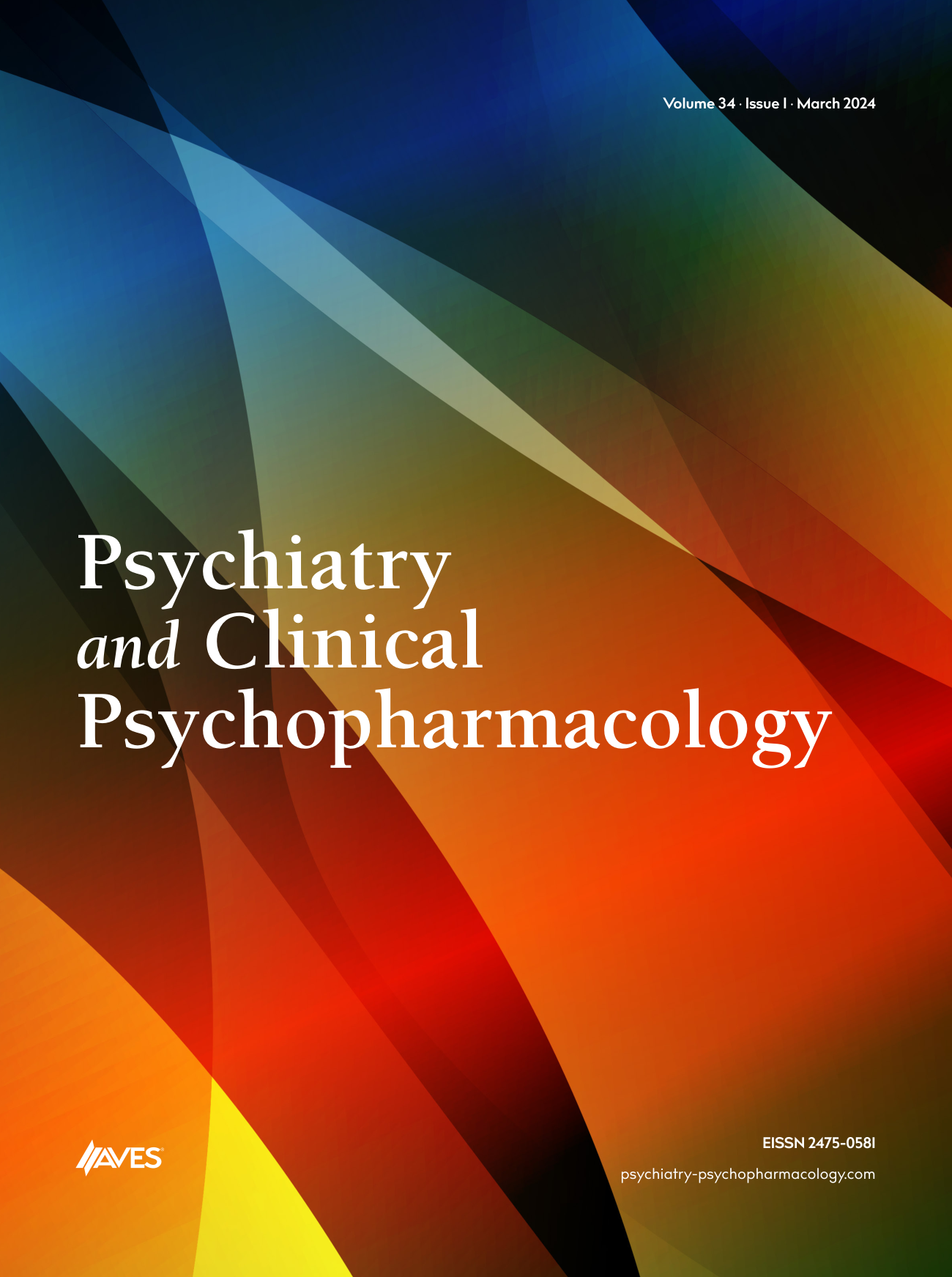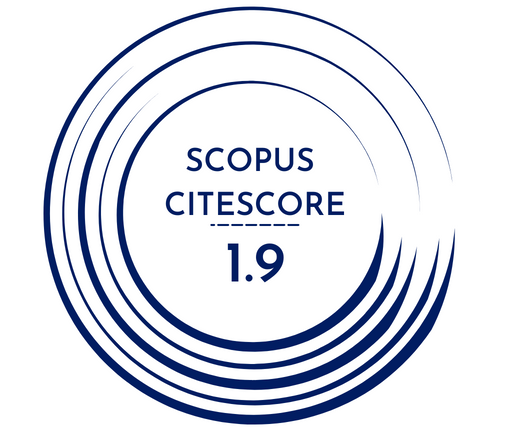Psychogenic polydipsia is a rarely diagnosed disorder, which is different from thirstiness, and if untreated could end up with serious clinical complications. We aimed to discuss psychogenic polydipsia and present an alcohol dependence patient, who was consuming nearly 15 liters of şuids a day, and was treated successfully with Carbamazepine. A 35-year-old, single male patient was an alcohol dependence case, who started consuming alcohol during adolescence and has become a regular consumer on daily basis for the past 10 years, and had withdrawal and tolerance symptoms. There was no head trauma or epileptic seizure history. There was no significant pathology in perception or thought content. Systemic and neurological examinations were normal and complete blood count and relevant hematological values were within normal range. Acute treatment was made through hydration and utilization of benzodiazepines. The alcohol craving wore off within days, but the liquid consumption increased from 11 liters a-day to 15 liters a-day. The patient consulted to nephrology and liquid restriction test applied. Routine blood values, electrolytes, urine and serum osmolarity and vital findings were evaluated before and after the test. MRI and EEG tests were applied to exclude the CNS and other organic pathologies. There were no significant findings, so the psychogenic polydipsia was diagnosed. At first, liquid restriction-based behavioral therapy was unsuccessful. Before the consumption of liquid, the patient was experiencing tension and then, with the intense liquid consumption, he experienced a relief. Because of this, the condition was defined as an impulse control problem, and carbamazepine was added to treatment, titrated to 800 mg/day (blood carbamazepine level: 9.5 µg/ml). Simultaneously, the liquid consumption decreased with the behavioral therapy. In the 20th day of treatment, the liquid consumption decreased from 15 lt/day to 7 lt/day. After he was discharged, as outpatient, the patient made a firm decision to get rid off alcohol addiction. The liquid consumption amount was 4 lt/day, and the routine blood testing results were within normal parameters. As shown in this case, and the other case presentations in references, the excessive drinking behavior should be logical to consider as an impulse control disorder. The repetitive impulse to drink and being succumbed to this urge, increasing tendency before drinking, and relief emotion appearing after drinking are consistent with impulse control disorders’ diagnostic characteristics. Carbamazepine could be an effective treatment of the psychogenic polydipsia cases.



